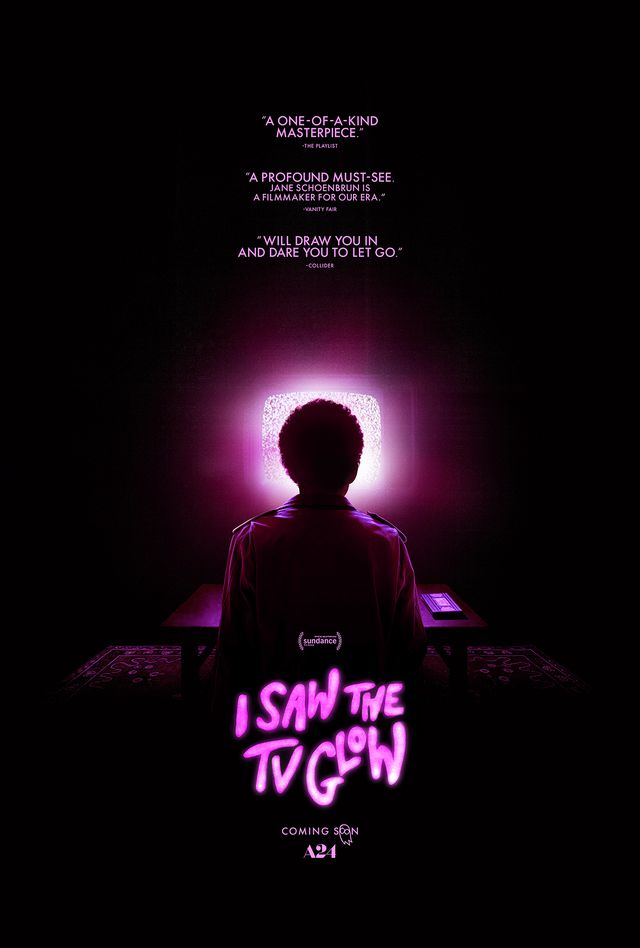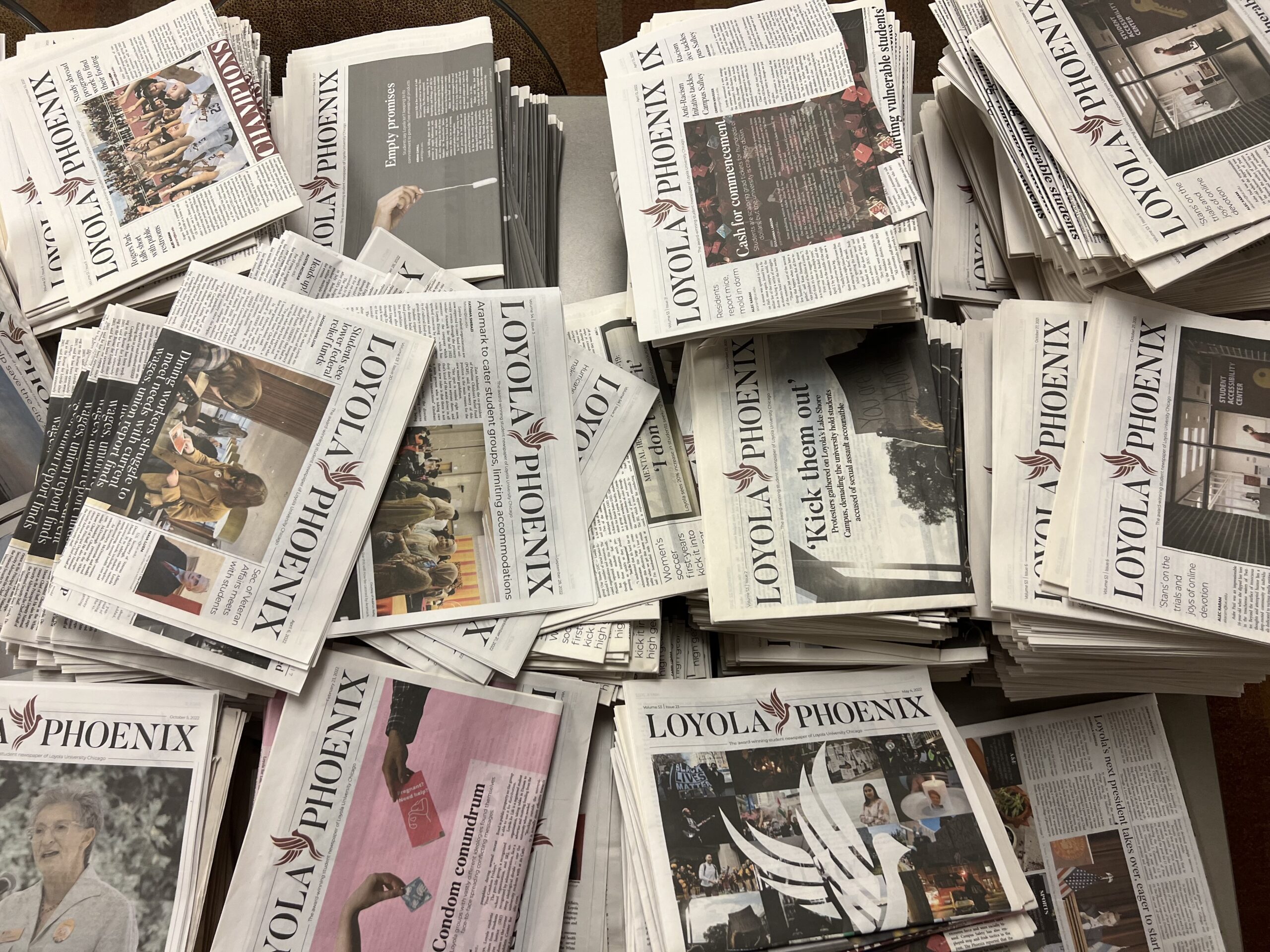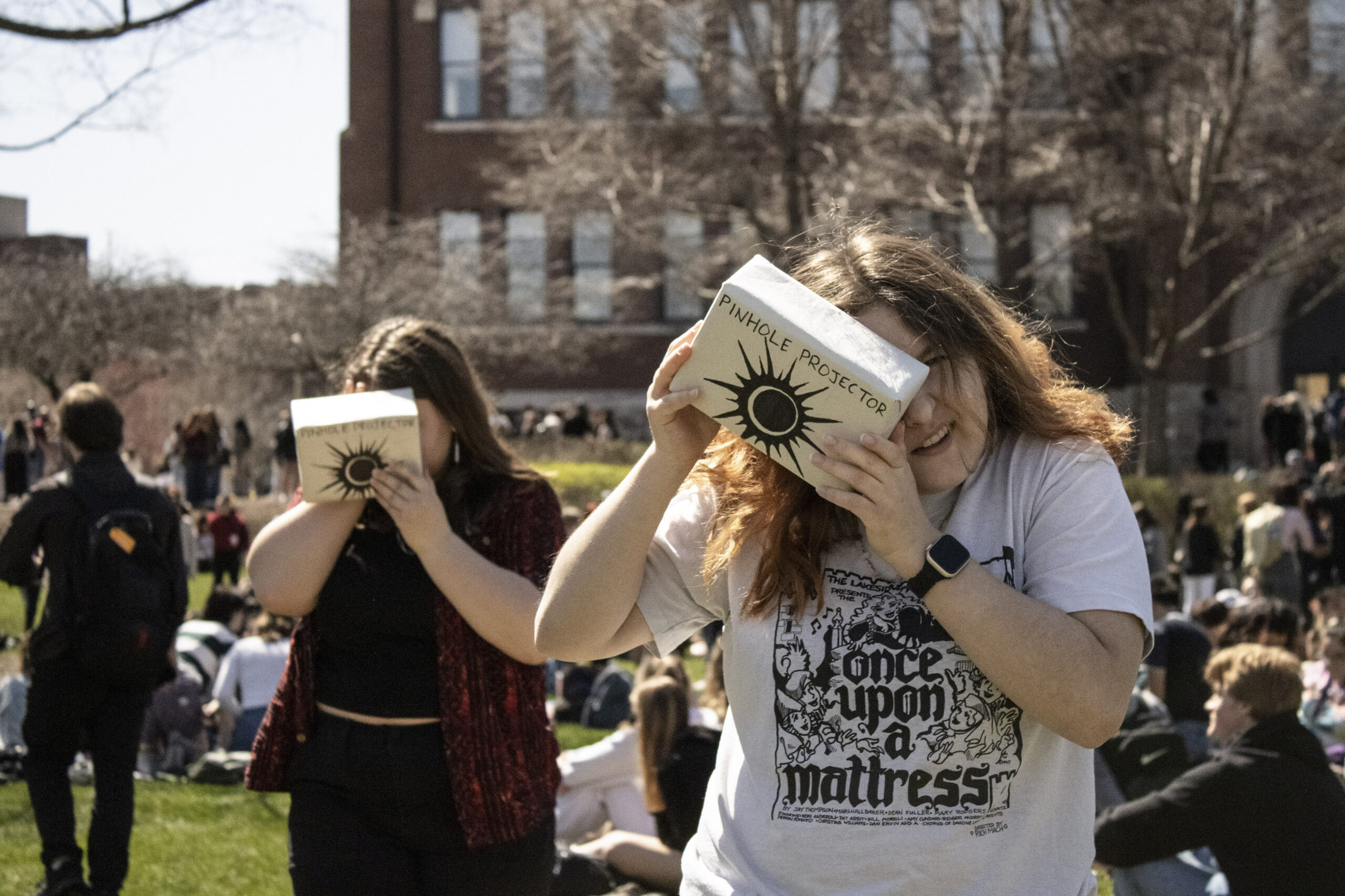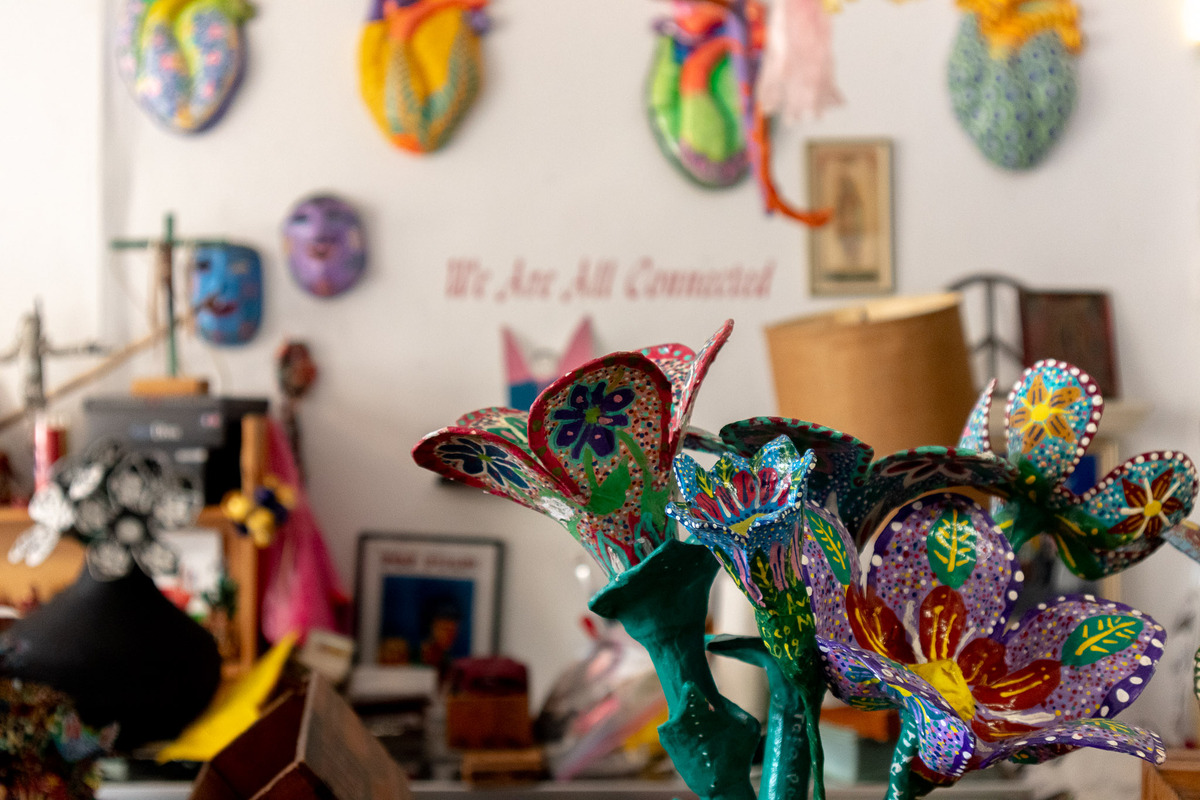Writer Marisa Panella describes her love of cursive and it’s impact on her.
Essay: The Lost Art of Cursive
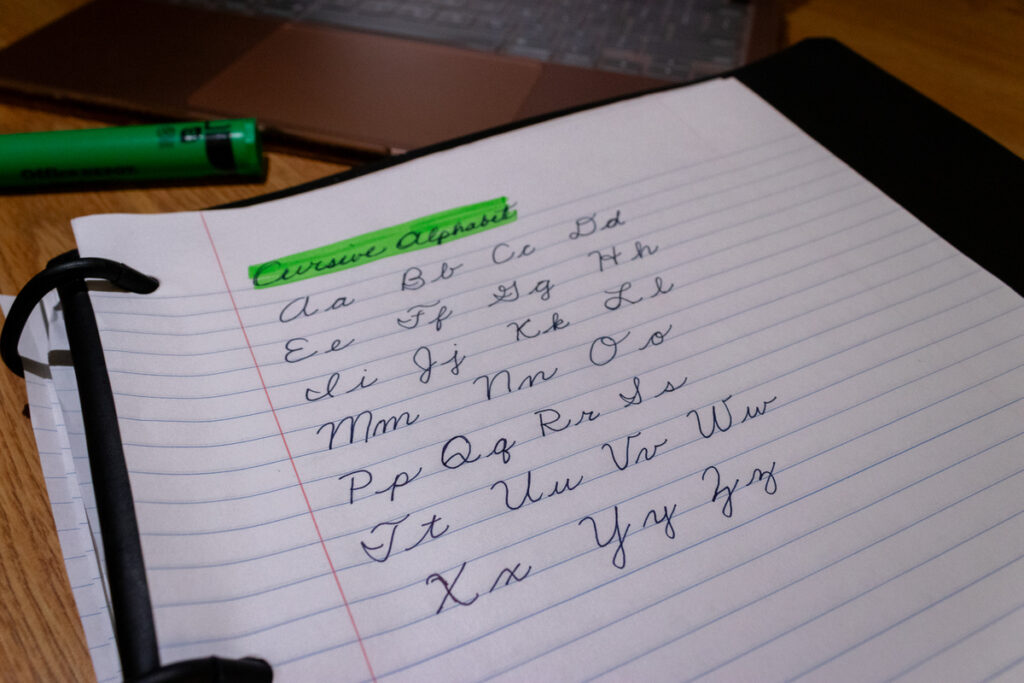
Like many, I get distracted easily.
I keep my devices on Do Not Disturb but when there is a lull in class, I’m often tempted to shop online, reply to messages or even finish The New York Times Connections puzzle I forgot to do earlier on the laptop sitting in front of me.
As a multimedia journalism major, I’m required to spend much of my time typing. But recently I’ve found myself reverting back to the ancient art of handwriting — more specifically, writing in cursive. I carry around a spiral notebook and my favorite BIC Round Stic pens everywhere I go. Whenever the opportunity presents itself, I choose to write.
I was first taught how to write in cursive in second grade. At that point in my life, it was a painstaking horror as I had to remember the funny little squiggles that somehow resembled letters. Don’t even get me started on how a cursive lowercase R looks way too much like an N — that one confused me for longer than I care to admit.
Nevertheless, I learned. It helped that my grandpa was also rather fond of cursive. He was a teacher for years and never stopped loving it. When I was a kid, he used to have me complete writing packets and offered money as an incentive for good work and steady improvement. He would help me write short essays and trace letters, trying to mimic his flawless cursive script.
I adored receiving handwritten cards from him for my birthdays and achievements — always signed with “G-Pa” in curved lettering. I love that I have the skill to do the same for my loved ones.
In elementary schools these days, kids are taught to type. This curriculum typically starts around third grade, according to US News. While it makes sense in our day and age of technology, there’s an art to handwriting in cursive that I’ll always be fond of. Handwriting tells a story and cursive is one of gentle curls and timeless elegance.
From time to time I’ll scribble a heartfelt “I love you” or my signature at the bottom of a card, but more often I bring my cursive to the classroom. It keeps me focused and gives me something to do. It’s helped me to be an active listener in a technology-driven world. I wrote in print when I first switched to handwritten notes, but cursive is swift and speed-driven — allowing me to keep up with the typers on either side of me.
My notes look like a half-print-half-cursive mess to the naked eye, but my jumbled lettering brings me joy. Cursive holds love in my life. It reminds me of childhood. It’s a minuscule piece of art done with simple paper and pen.
With that said, no professor will accept a handwritten cursive article, and I can’t send a cursive text from my computer but when my mom’s birthday comes around, she’ll be getting a scribbled cursive note — just like the one my dad got three weeks ago that he claimed was “hard to read.” My friends will get cursive Valentines and my brothers will receive cards of encouragement crafted in my script.
Outdated or not, it’s a lost art, a way I show my love and a skill I’ll never take for granted.

Feature image by Leslie Meraz / The Phoenix





